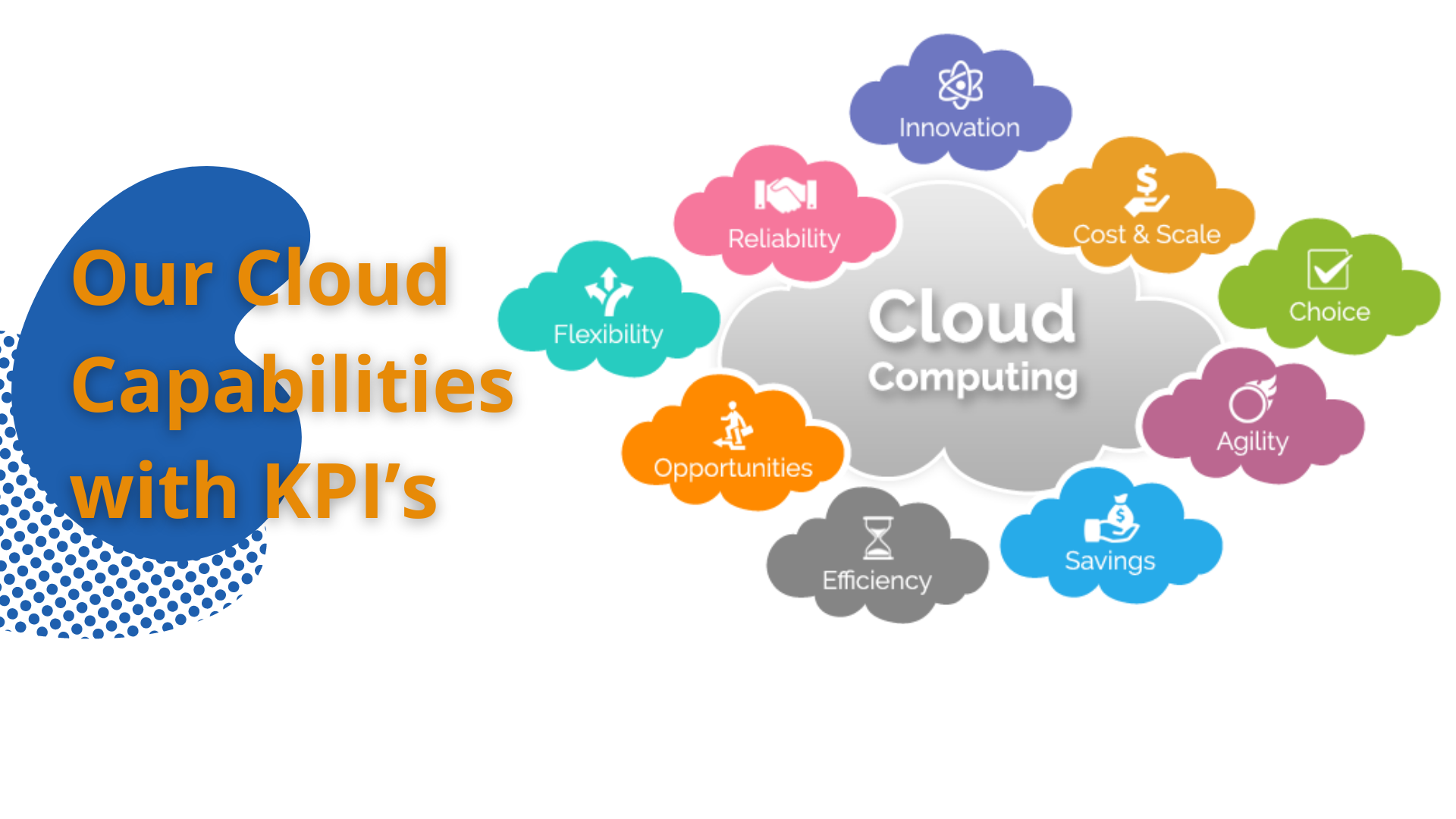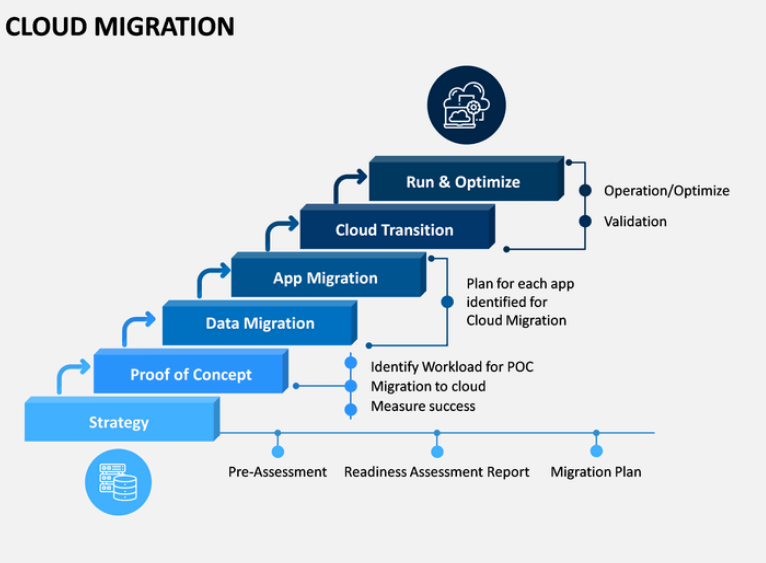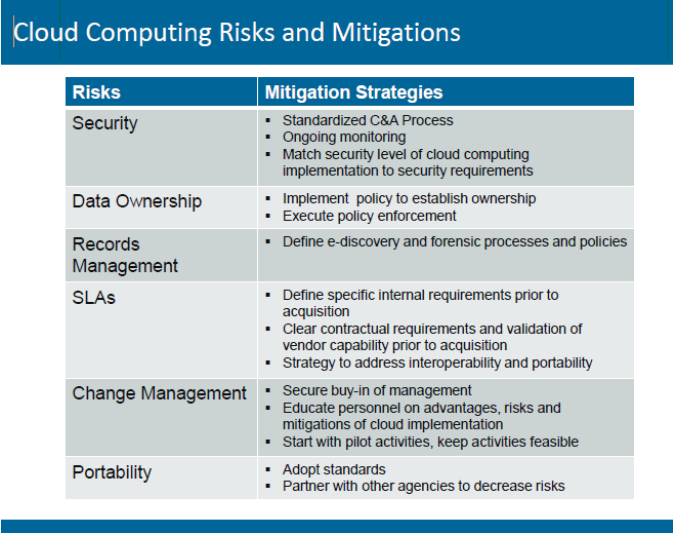
Here is a brief description of RV Global Solutions Inc. Cloud Capabilities:
- IT Modernization / Transformation: Modernization of applications through several seamless DAD (Disciplined Agile Delivery) application release cycles complemented by timely critical hardware upgrades and software patches implementation to facilitate migration from standalone legacy Mainframe systems to cloud hosted & serviced solutions leveraging distributed real-time architecture as a service (DRTAaS)
- Metrics/KPI’s to track the success of the above service:
- Time to innovation (TTI): True value is realized when business gains agility with the new found ability to rapidly innovate. Measure connected worker engagement, the resources required to maintain engagement, and retention as it relates to delivering the business goals. Shortening the TTI requires improving the ease and speed of collaboration
- Measure revenue impact: Allows our client to more granularly align tech operations KPIs to their current revenue and business KPIs: The client will no longer have to take yearly budget and estimate costs; They can directly assign a technology cost metric to a specific revenue-generating application and by extension, specific revenue
- Metrics/KPI’s to track the success of the above service:
- Develop/Upgrade/Migrate & Host SaaS applications: For example we can build business applications and host on Cloud platforms. Typically, at a simple level these are the components involved: Web UI/API/WebService/Web Container/Microservice/non-visual interface functionalities
- Metrics/KPI’s to track the success of the above service:
- 99.99% availability of the SaaS applications to the business
- Measure the number and severity of issues that the users have with the service
- Metrics/KPI’s to track the success of the above service:
- Develop/Upgrade/Migrate & Host PaaS Services: For example Cloud Services/Product Offerings maintenance & support.
- Metrics/KPI’s to track the success of the above service:
- 99.99% availability of the SaaS applications to the business
- Measure the number and severity of issues that the users have with the service
- Metrics/KPI’s to track the success of the above service:
- Data Conversion: For example converting data formats as per business requirements
- Metrics/KPI’s to track the success of the above service:
- Success factor is innovation in storage tier, time lag in the data conversion process and again storage requirements for the converted data.
- Availability of extensions, plugins and toolset both from requirements and solutions standpoint.
- Metrics/KPI’s to track the success of the above service:
- Data Migration: Moving data from different Vendors. For example: Migrating data from a SQL Server -> MySql -> Cloud
- Metrics/KPIs to track the success of the above service:
- Focus on customer KPI’s:
- Customer churn rate, average revenue per customer, free to premium up-sell rate
- Additional customer focused KPI’s would include an increase in transaction completion, reduction in cart abandonment (in an example of e-commerce business), and an increase of spinoff sales for the B2C world
- Metrics/KPIs to track the success of the above service:

- Custom business Application development/Management: For example we can create SAP application modules such as Payroll, HR, Engineering, Manufacturing & IT Apps and provisioning access via AWS platform.
- Metrics/KPI’s to track the success of the above service:
- Measuring the number of new features deployed can give an indication of agility
- Compute the time to develop apps: This KPI measurement includes the time to prepare the infrastructure/VMs for dev, QA, staging, and production, which is often a major delay in enterprise shops
- Metrics/KPI’s to track the success of the above service:
- Upscale/Downscale an already built Cloud project in terms of upsizing / downsizing instances or data requirements such as configuration change implementations either manually or by leveraging automation.
- Metrics/KPI’s to track the success of the above service:
- Gauge market responsiveness: Enables organizations to move fast and deploy quickly without having to involve finance or purchasing or to think about deployment factors (space, networking, setup, etc.)
- Metrics/KPI’s to track the success of the above service:
- Integration of non-compatible data sources, web services to achieve a unified approach to systems management. Fox example, data integration across data tier such as SQL Server, Web tier-AWS and Messaging tier such as Azure/Apache Kafka
- Metrics/KPI’s to track the success of the above service:
- A less obvious KPI for measuring cloud success is opportunity cost, or the cost of the best alternative foregone. This service affords companies to rapidly experiment. Without the cloud service, the experiment opportunity is lost.
- Metrics/KPI’s to track the success of the above service:
- Turn key projects such as managing operations via AWS monitoring, logging and users/applications management
- Metrics/KPI’s to track the success of the above service:
- Calculate mean time to solve problems: The big KPI for cloud infrastructure for internal development is average time between bug report and solution deployment. A % reduction in this key metric can be a reflection of IT responsiveness
- Metrics/KPI’s to track the success of the above service:

